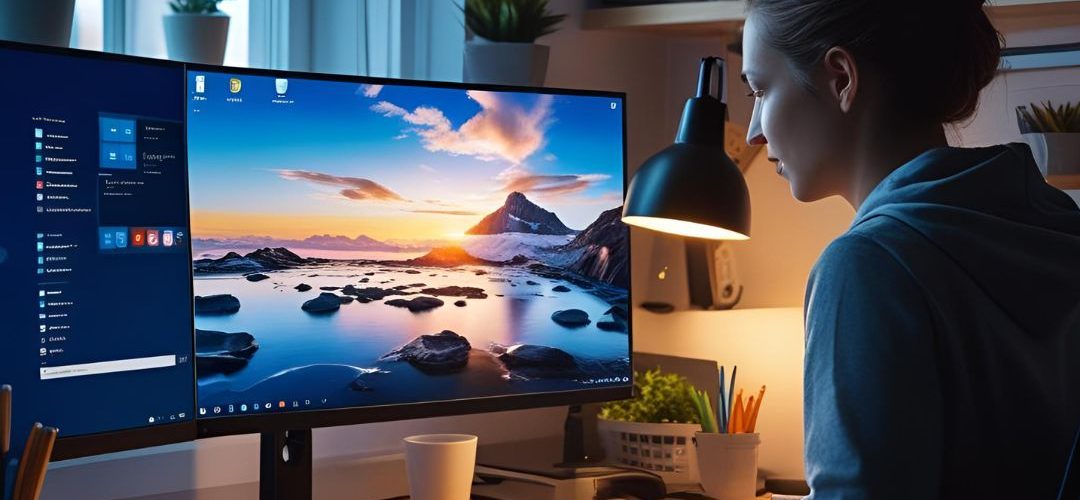Managing Multi-Display Setups: Turning Off Your TV with Windows 11
In the modern era of technology, many users enjoy connecting their televisions to their PCs for a more expansive viewing experience. However, an annoying glitch can arise when working with a multi-display setup. If you’ve ever turned off your television using the remote control and noticed that Windows 11 continues to treat the display as active, you’re not alone. This common issue can lead to frustrations, especially when you try to switch applications and have to search for windows that are no longer visible.
Understanding the Issue
When you connect your TV to your PC, Windows 11 recognizes it as an extension of your workspace. This integration aims to enhance productivity by allowing users to move applications seamlessly between screens. However, the operating system doesn’t always react the way we expect when we turn off a connected display.
When you power off your TV, Windows 11 may retain a memory of the display, allowing you to drag windows into that space. This behavior can be particularly bothersome if you frequently use your TV for activities like gaming or streaming and then revert to your regular PC usage. At times, dragging a window to the empty spot might pull it out of view entirely, leaving you to hunt it down.
Possible Solutions
While there may not be a direct feature in Windows 11 to automatically recognize a powered-off TV, there are several workarounds to manage this inconvenience.
- Use Windows Project Options: You can manually switch displays using the Project Shortcut. Press
Windows + Pto open the projection menu. Select “PC screen only” when you turn off the TV. This way, Windows will know not to render the TV as an active display, and you won’t have to deal with windows trying to extend onto it. - Adjust Display Settings: Go to
Settings > System > Display. Here, you can manage how your displays are arranged. For even better control, consider disabling the TV display when it’s not in use. This will ensure that Windows no longer treats it as an active part of your workspace. - Keyboard Shortcuts for Easy Navigation: Familiarizing yourself with keyboard shortcuts can mitigate the annoyance of lost windows. Use
Alt + Tabto cycle through open applications orWindows + Dto show the desktop and quickly access your apps. - Third-Party Software: If you use your TV frequently and find the above methods tedious, consider third-party applications designed to enhance multi-display performance. Software like DisplayFusion can offer more advanced management options, allowing you to control how and when your displays become active.
- Update Your Drivers: Make sure that your graphics drivers are up to date. Sometimes, performance issues with display recognition can arise from outdated drivers, and manufacturers frequently update them to enhance compatibility with external displays.
Conclusion
While turning off your TV with a remote can lead to some awkward moments in your Windows 11 workflow, implementing a few manageable strategies can significantly improve your experience. Whether you opt for manual adjustments or leverage software tools, taking control of your display settings can lead to a more seamless multi-display environment. By following these tips, you can streamline your workflow and enjoy uninterrupted productivity, even when using your television as an extension of your PC.





Add comment